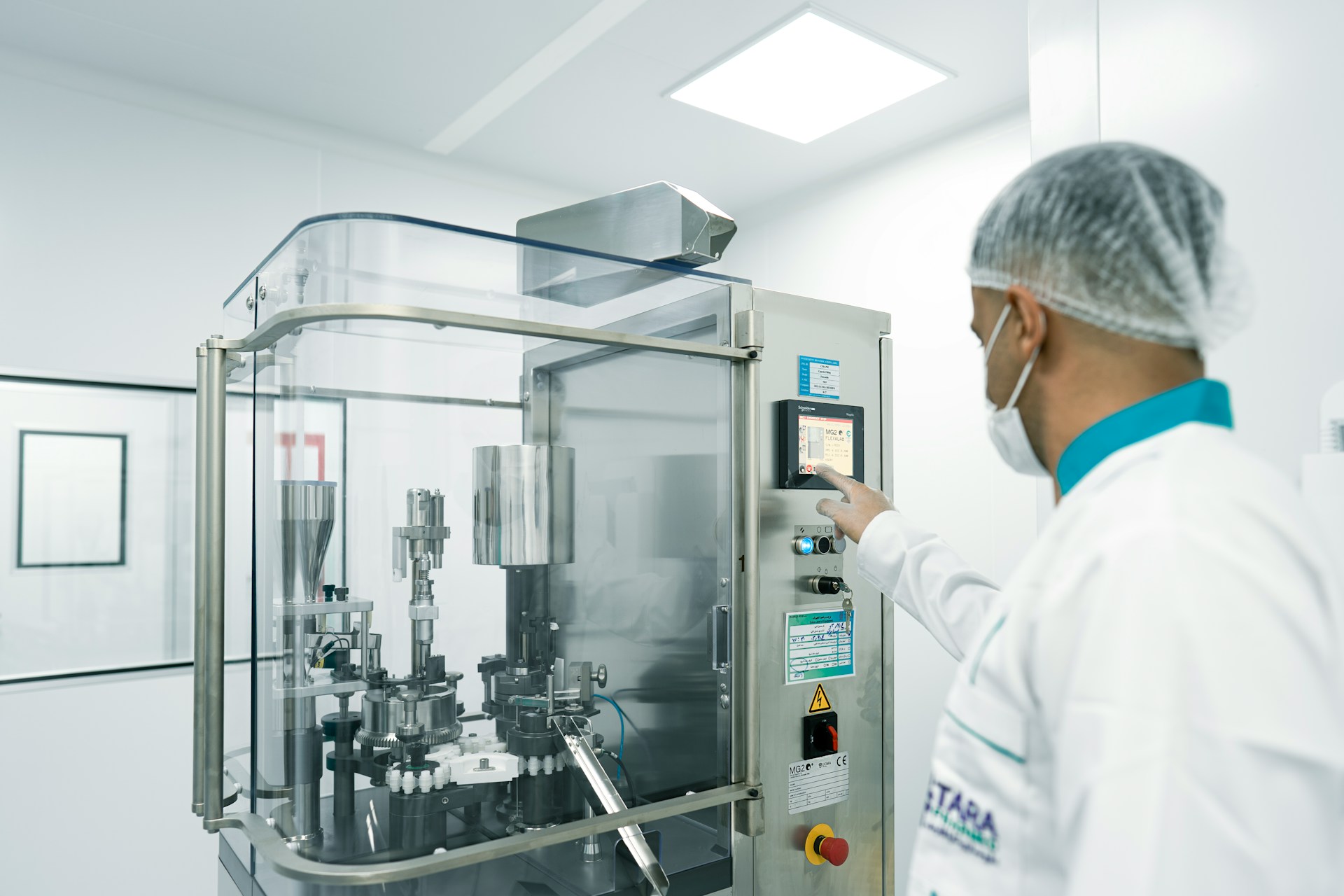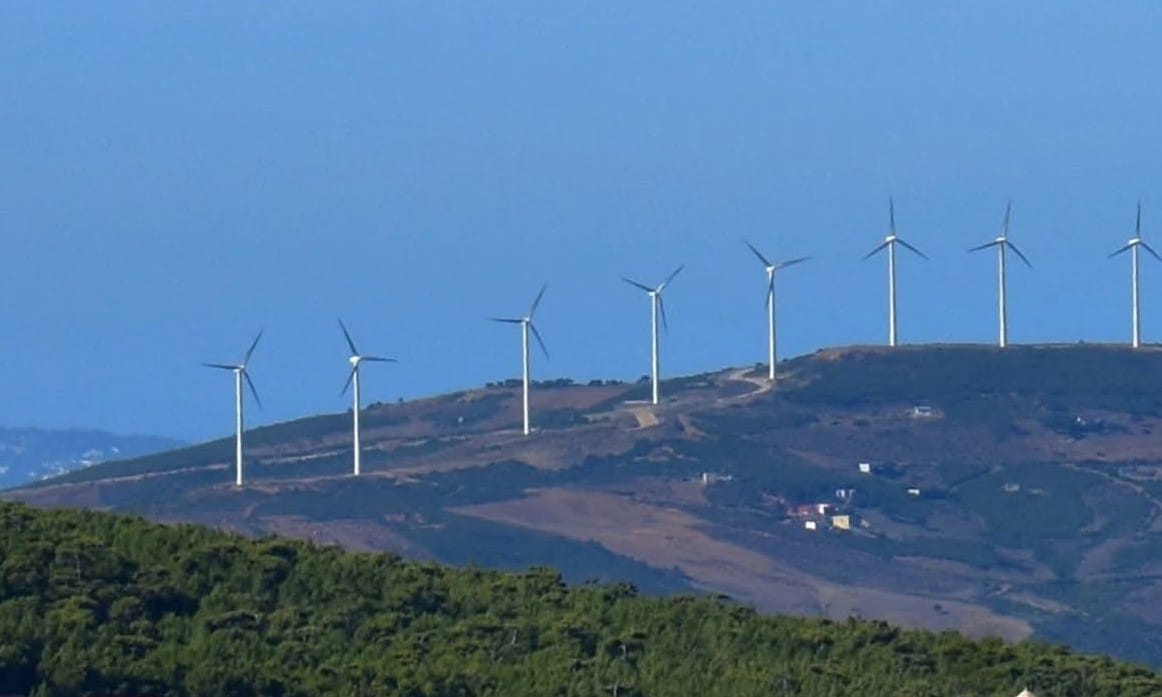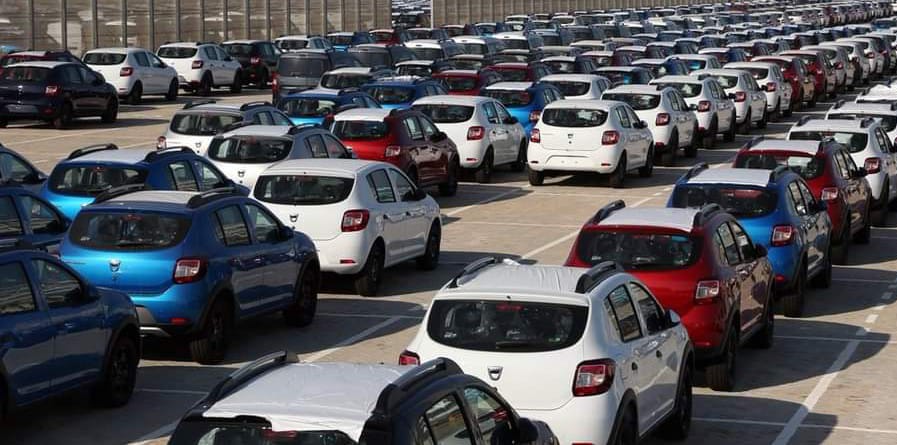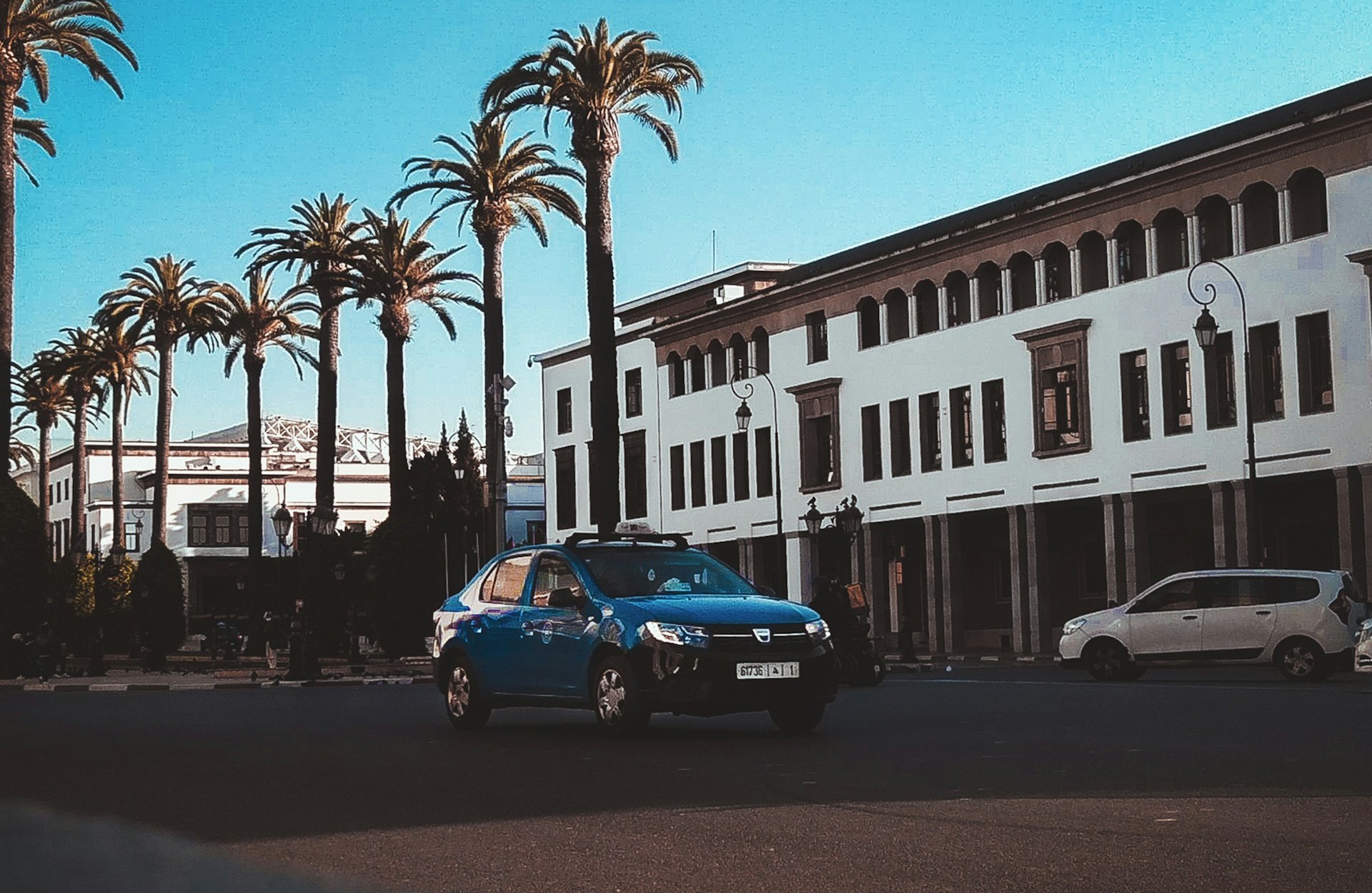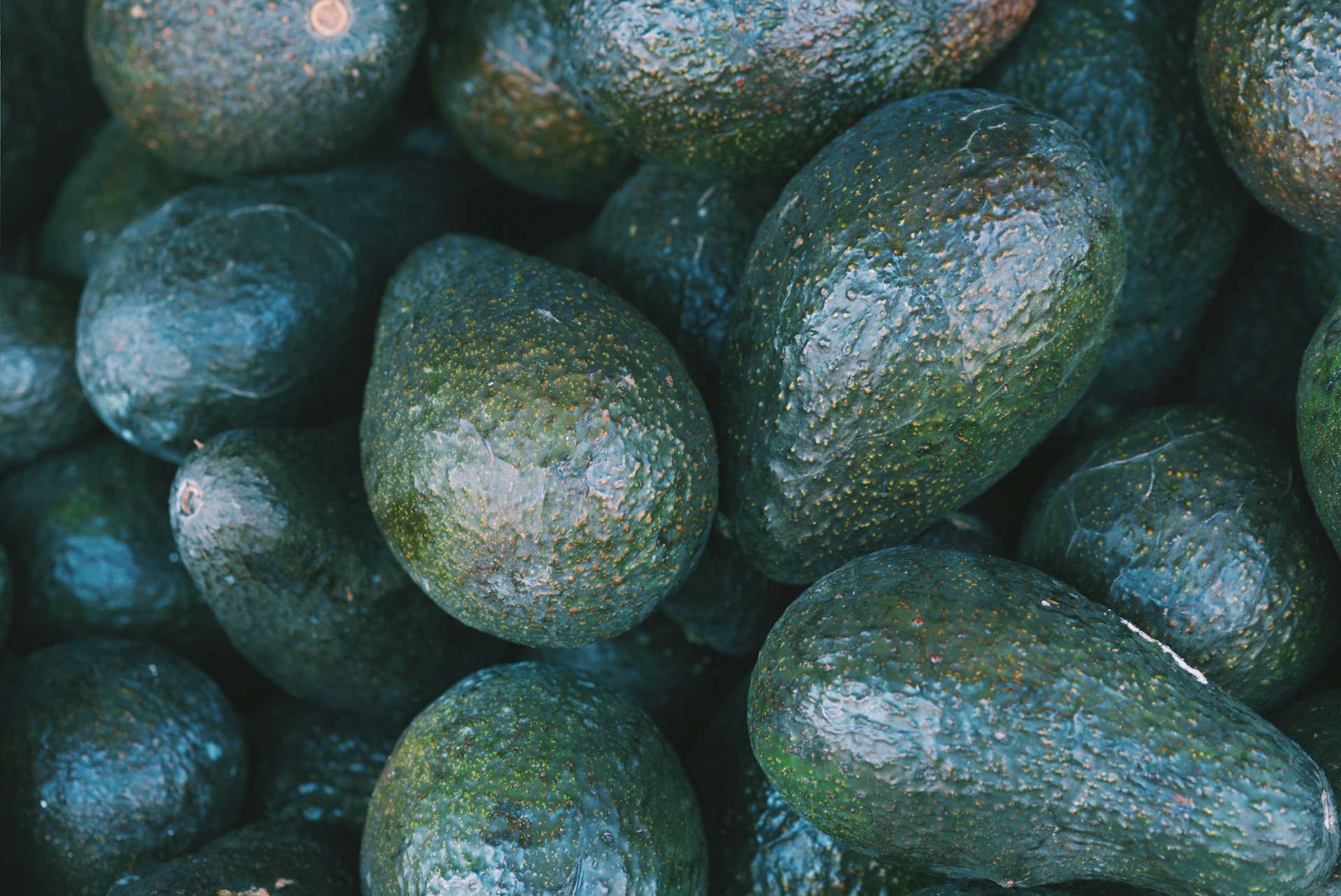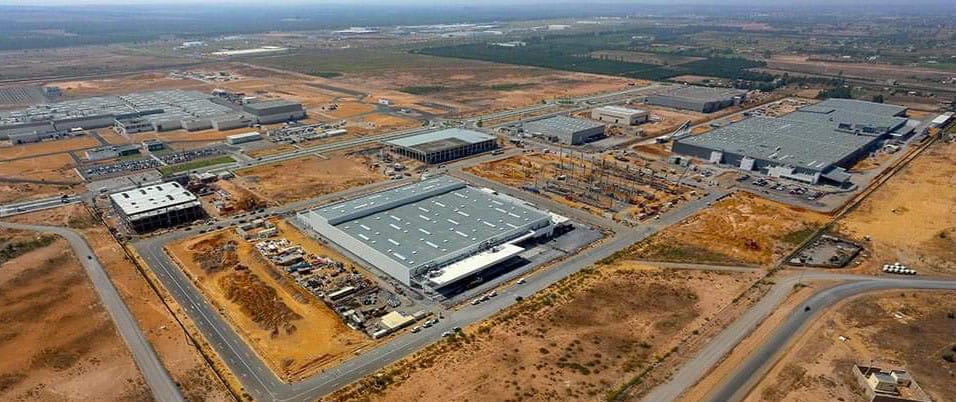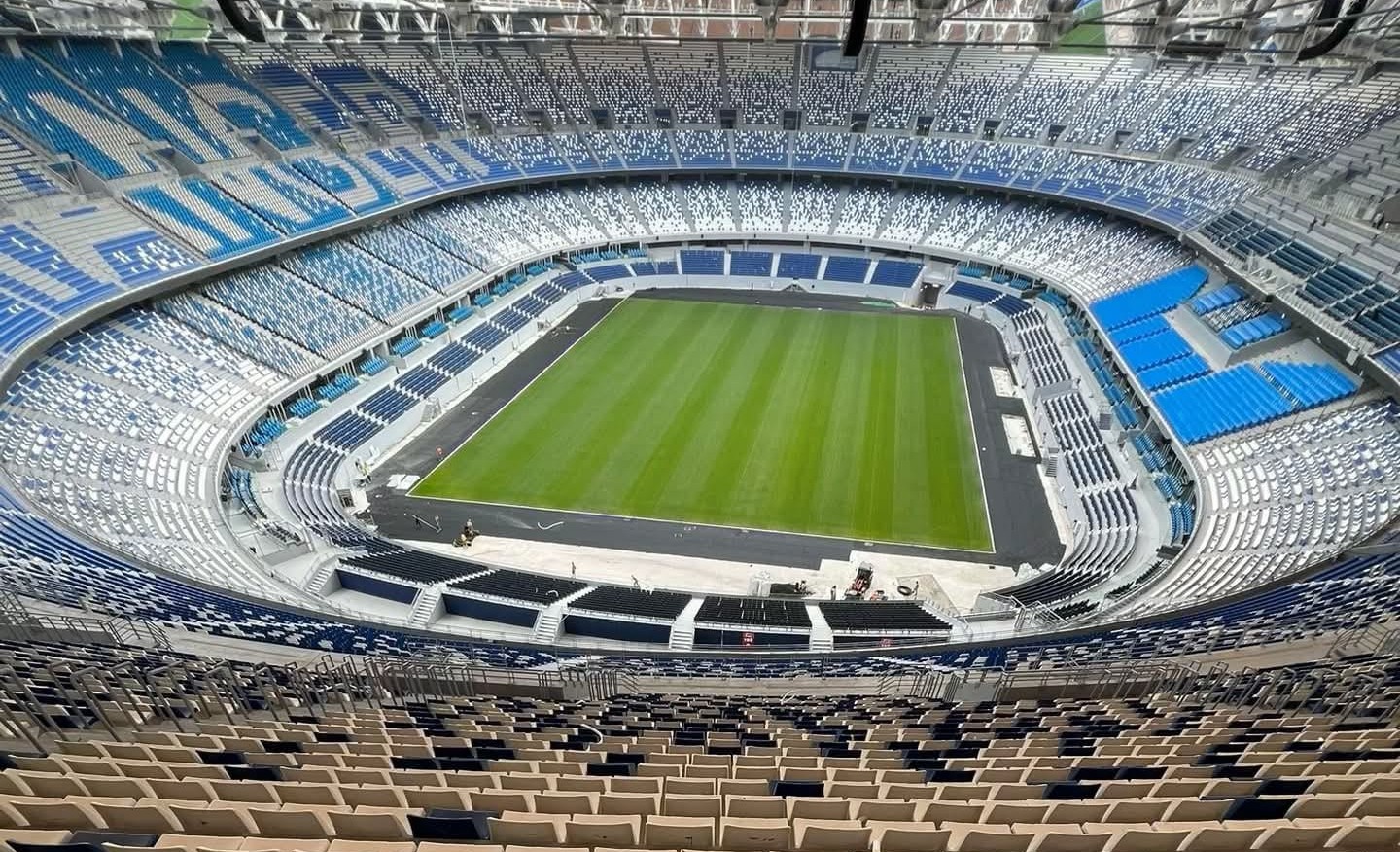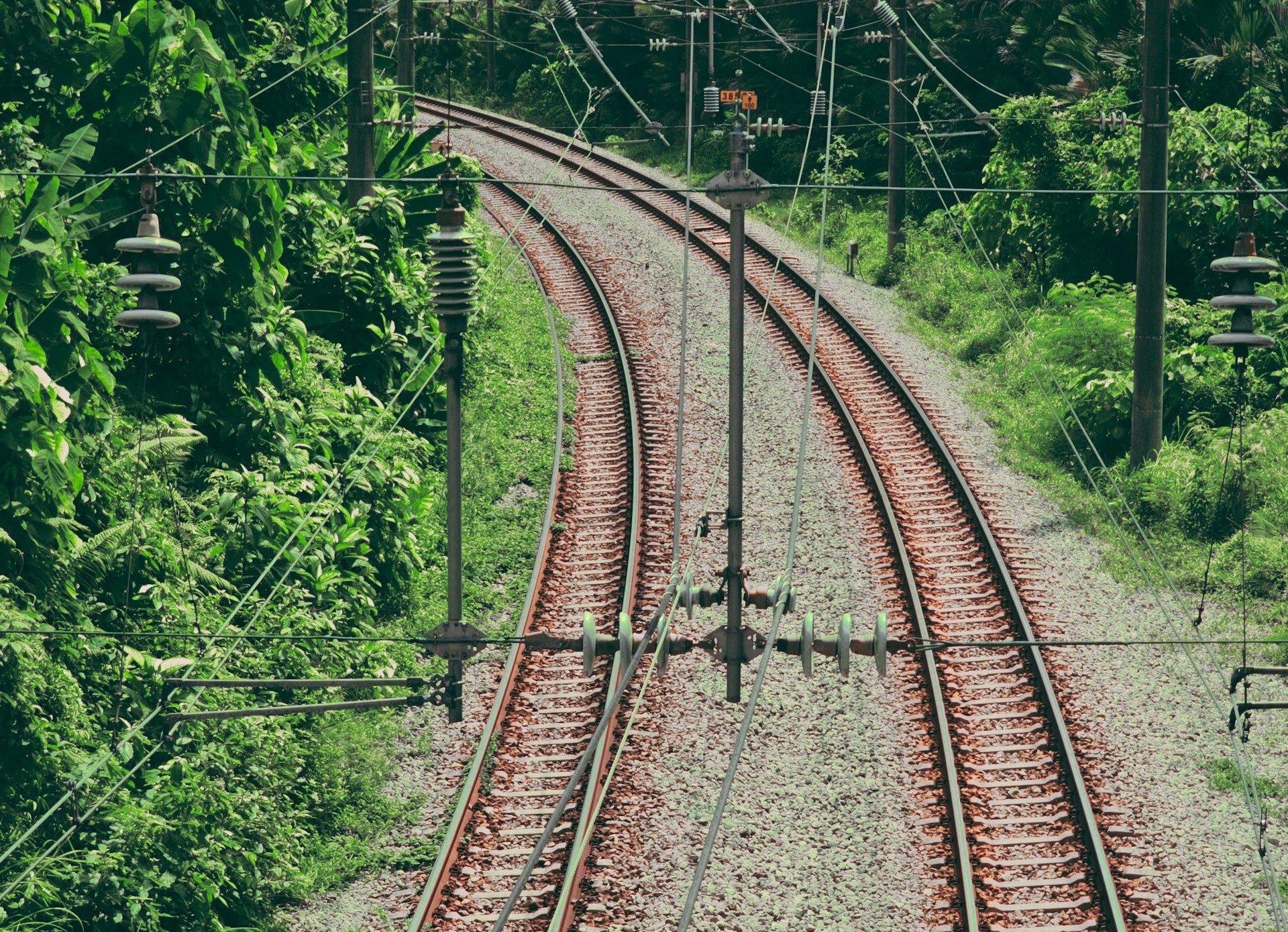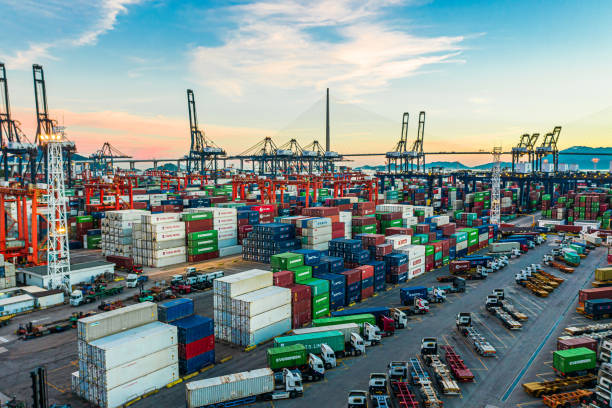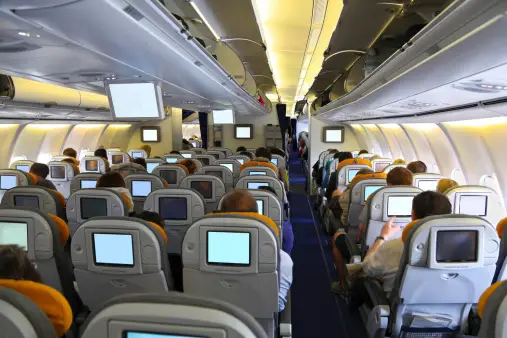Casablanca – Morocco’s automotive market is undergoing a profound transformation in 2025, with the rise of Chinese manufacturers and the expansion of the electric-vehicle segment challenging long-established industry dynamics. Data released by the Moroccan Association of Vehicle Importers (AIVAM) point to a record year for the sector, but the figures also reveal structural changes that extend beyond simple sales growth.
Market rebounds strongly, supported by recovering supply chains
The automotive market recorded 30.38% growth during the first ten months of 2025, with total sales reaching 19,561 vehicles, compared with just over 15,000 units in the same period of 2024. Analysts attribute this rapid expansion to recovering supply chains and renewed consumer demand after several years of disruptions.
Despite this overall increase, industry observers emphasize that the real story lies not in volume growth, but in the shifting balance between manufacturers. Several emerging brands—particularly from China—are gaining ground quickly, while some traditional players face declining sales.
Chinese brands move from peripheral presence to central influence
Chinese carmakers, almost invisible in Morocco just a few years ago, have now moved decisively into the mainstream market. Multiple brands are recording exponential growth and expanding their foothold across key vehicle categories.
Among them, BYD has emerged as the most prominent example. The brand captured 2.63% of the Moroccan market by July 2025. Its distributor reported a 70% jump in sales in the first half of the year, driven by the launch of new hybrid and electric models. Sales reached 1,982 units in the second quarter, up from 971 units a year earlier. Surveys place BYD among the top four most popular brands in the country—a remarkable shift considering its limited presence just a year before.
Other Chinese brands have shown similar momentum. Market data indicate growth rates of 316% for BYD, 173% for Geely, and 124% for Changan, highlighting a widespread realignment of consumer preferences. Competitive pricing, technological innovation in electric powertrains, and the steady availability of new models are among the factors driving this surge.
Luxury segment expands as consumers diversify choices
The year has also seen unexpected strength in the premium segment. Brands such as Jaguar, with sales up 300%, and Cupra, rising 155%, indicate a growing domestic appetite for vehicles with advanced features, distinctive identity, and higher performance standards.
This growth in luxury vehicles suggests that part of Morocco’s consumer base is becoming more selective and more receptive to technologically advanced vehicles, particularly those offering hybrid or fully electric options.
Traditional global manufacturers face contrasting trends
While some segments expand, others face significant challenges. Long-established brands such as Jeep, Ford, and Suzuki have experienced substantial declines, with sales dropping 60%, 88%, and more than 22%, respectively. Analysts warn that brands struggling to update their product lines or adjust their strategies to the electrification trend risk losing relevance in a rapidly evolving market.
European manufacturers, however, maintain a strong overall presence. Dacia continues to lead the Moroccan market with a 23.2% share and over 4,170 units sold as of September. Renault remains in second place with 3,528 units, achieving 81% year-on-year growth. Hyundai follows with 1,267 vehicles, up 26.5%.
Industry analysts note that European brands benefit from well-established distribution networks, financing options, and a long-standing reputation among Moroccan consumers. But they also face growing pressure to adapt, especially as Chinese brands consolidate their regional strategies.
African and European markets highlight wider regional shifts
The rise of Chinese automakers extends beyond Morocco. BYD and other brands have expanded rapidly in South Africa, Benin, and over a dozen additional African markets. In South Africa alone, the market share of Chinese vehicles climbed from 3.1% in 2022 to 15% in 2025, supported by BYD’s plan to deploy 200 to 300 fast-charging stations by 2026.
European markets are also feeling the impact. Chinese cars now account for 7.4% of the European market, prompting European groups such as Stellantis and Renault to reassess their industrial strategies. Both companies have increased investment in Morocco and South Africa and established partnerships with Chinese manufacturers—including joint initiatives to supply affordable electric vehicles to emerging markets.
A sector entering a decisive new era
All indicators suggest that 2025 marks a major turning point for Morocco’s automotive landscape. Consumers are demonstrating greater openness to new technologies, especially electric and hybrid powertrains, while also showing increased price sensitivity and a willingness to explore non-traditional brands.
Chinese manufacturers, backed by high production capacity and aggressive international strategies, are now shaping market trends. Established global brands, meanwhile, must navigate this changing environment by accelerating electrification and strengthening their regional competitiveness.
The Moroccan market is no longer defined solely by volume growth. It is entering a restructuring phase where technology, consumer expectations, and global supply chain realignments collectively determine the sector’s future direction.
